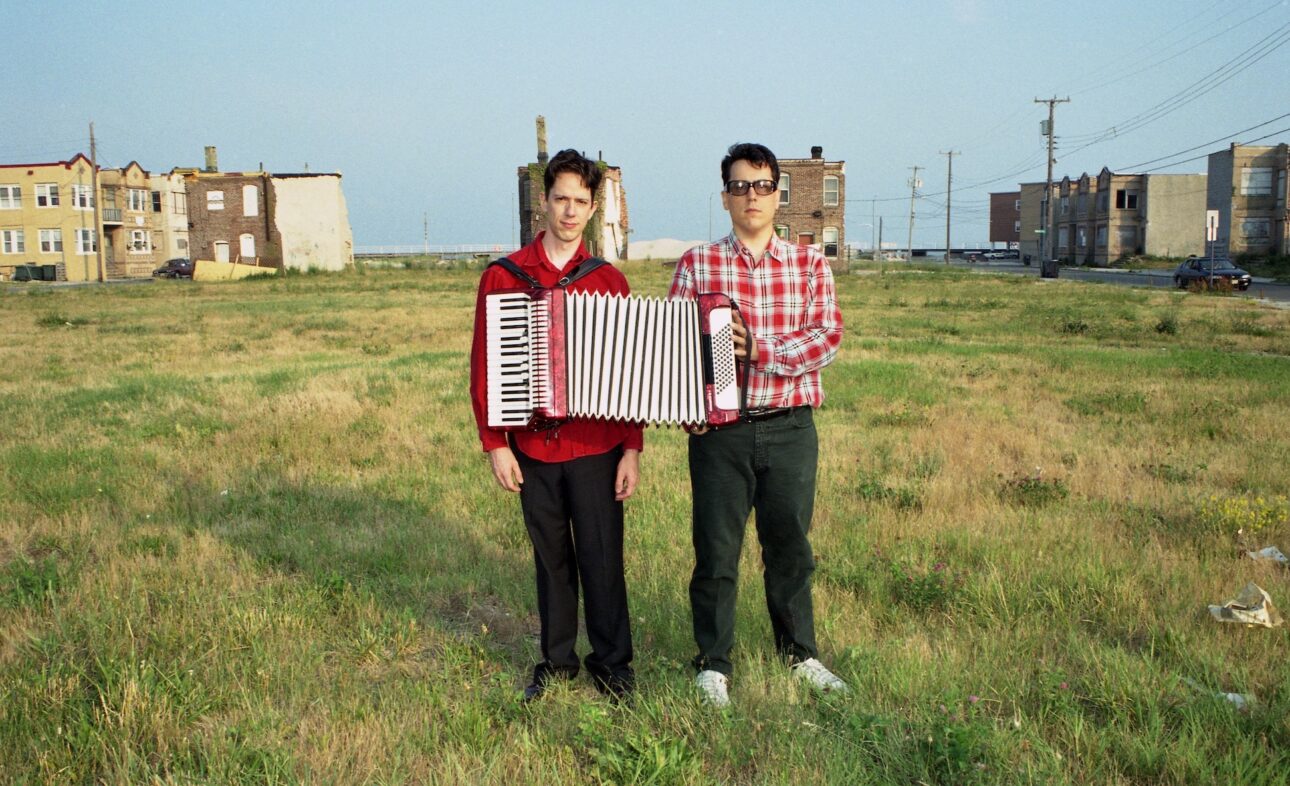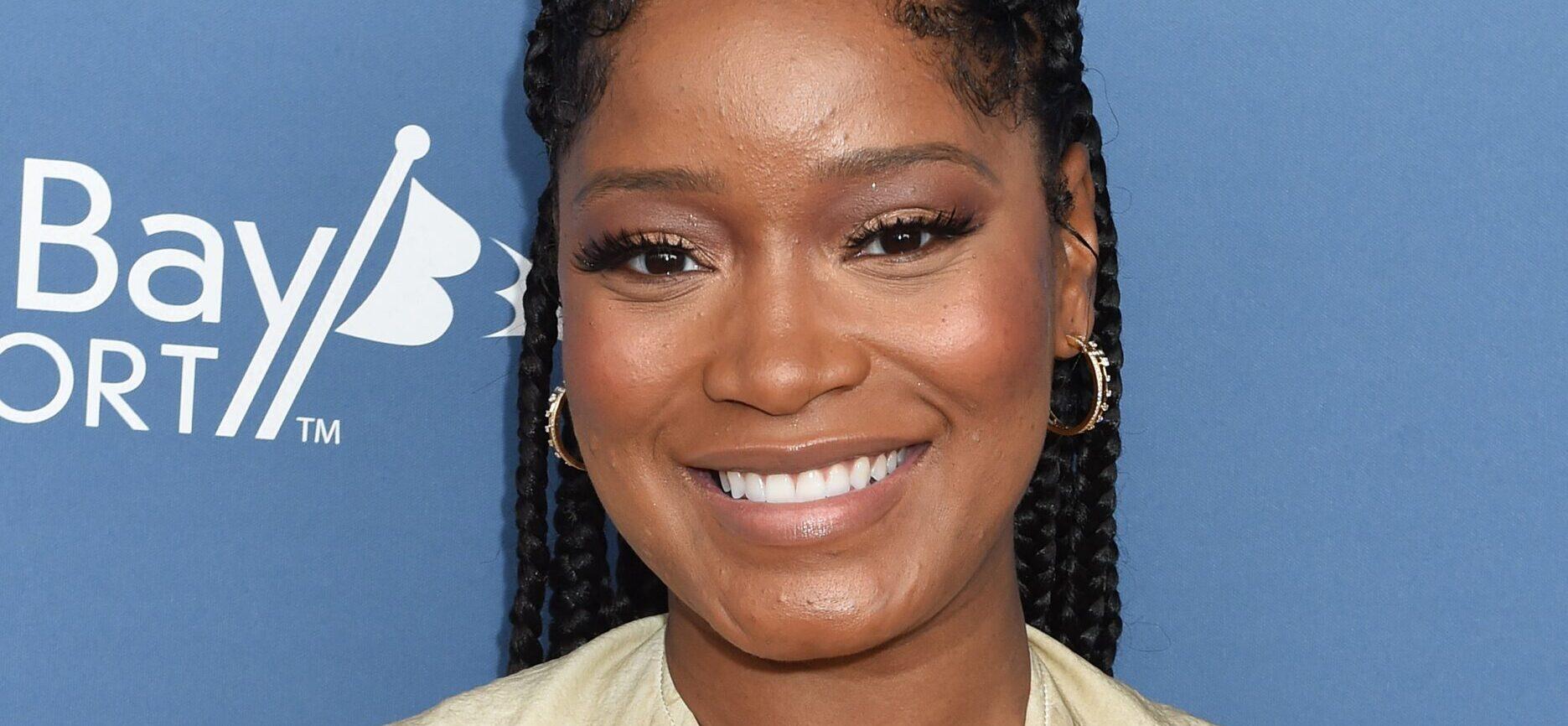
Combining art rock and a sense of the absurd, They Might Be Giants has never fit comfortably into a musical genre. From their start, childhood pals John Flansburgh and John Linnell have done things their way. Since their start in 1982, they’ve released more than two dozen albums, scored unlikely alt-rock hits (among them “Ana Ng,” “Birdhouse in Your Soul,” “Twisting” and “Snail Shell”) and a popular video – a cover of the 1953 novelty tune “Istanbul (Not Constantinople)”—while essentially rewriting the rules of what it means to find success in the music world.
Flansburgh succinctly sums up They Might Be Giants’ saga-so-far. “We started as an indie act; we had a very long career as a DIY project. Then we got signed to a major label, had a decade-long career there, and had a certain amount of success. And from the moment we broke off our communication with that label, everything got so much more interesting and open-ended. We ended up having a ton of very artistically satisfying experiences. The TMBG story breaks out of the sort of Behind the Music tale, which is, ‘write some songs, do drugs… and stop.’”
More from Spin:
A Day in the Life of… The Story So Far
Road Work: When We Were Young, Oasis, Pixies
King Gizzard Drop New Single, Plan 2025 Orchestral Tour
TMBG’s story is still being written: a new live album, Beast of Horns (out October 25 via the TMBG store) brilliantly captures the full group in its element. Ushering in a fourth act in the TMBG story, the five-man band is now expanded to include a three-piece horn section, and the group has just announced a run of tour dates well into 2025. Over the course of a wide-ranging and lively conversation with Spin, Flansburgh charts the course of the band he co-founded more than 40 years ago.

Act One: Pre-TBMG and the Indie Years
“We were high school kids writing quirky and idiosyncratic songs. But there were antecedents, breadcrumbs there that would kind of lead to where we ended up. “We did a cover of ‘Don’t Worry Kyoko (Mummy’s Only Looking for a Hand in the Snow)’ by Yoko Ono, but we were both singing in Rod Serling voices… apropos of what, I’m not exactly sure.
“Alternative rock was barely even a thing in Brooklyn. I would hear about all these bands like Green On Red or the Pandoras; I’d read about them in SPIN, but I would never hear them. There was no college radio we heard that was playing that stuff. Where we lived, we didn’t get MTV. Most of my ’80s and ’90 was neck-deep in hip hop.
“John had been in a band called the Mundanes, a big college rock band in Providence, R.I. that was very successful on the Brown campus. They wanted to have careers in music, but over time, a sense of gloom kind of came over them. And that informed us professionally; we thought, ‘If we do something that seems interesting to us, we will never regret however much time we invest in it.’ And that led us to an aesthetic that combines our sense of humor and our obtuse, snobby art rock sensibility.
“We started doing shows in these very small performance art places. We started when we were 23, 24. But the audiences were older than us, which was kind of strange; they were mostly people in their early 30s. To my eyes, the East Village seemed really dominated by hipsters who had kind of been around the block; even the performers had kind of been around the block!
“When we started, there was no circuit of venues around the country. We released our first album in ’86—which was years into our being a live act—and then followed it up with Lincoln in 1988. By the time ’88 rolled around, there was an absolutely established set of places to play.”

Act Two: A Decade With the Majors
“When we signed with Elektra, we had already sold hundreds of thousands of records. The biggest friction we had with them initially was that we were already ‘too developed’ as an act. We had done all the brand work (I hate that phrase). We felt very confident that we were going to do good work, and we really didn’t want to be messed with.
“Still, everybody acts as if the labels are the enemy; it’s just not true. Some of the nicest people I’ve ever known worked for major labels. They spent dedicated years of their lives trying to figure out how to take [our] square peg band and shove it through the round hole of American popular culture.
“The biggest commercial breakthrough of our career was through MTV. It’s Christmas; I’m at home watching my parents’ cable TV. I turn on MTV, and there’s Whitney Houston, and then there’s us. I’m like, ‘What’s right with this picture!?’”
“At Elektra, they were sometimes like, ‘We would like to do things a little differently.’ And we were like, ‘Oh… interesting. I’ll stop talking now, and we’ll leave this meeting.’ We had enough life experience with retired cocaine dealer rock club owners, so we knew how to walk out the door nodding our heads and then just not doing what they said.
“The [1992] Apollo 18 album is the peak moment of us working with drum machines, sequencing and self-made sampling, of working in the MIDI cave. We really spent a lot of time working on it, but at the other end of it, we realized [as a duo], ‘We can’t do this album live!’
“Going to a full band lineup around the time of Apollo 18 kind of established us as ‘band leaders’ as opposed to being the two guys in a three-legged race. The appeal of the live show became universal; we could play and everyone would start dancing. We had started as kind of an art rock experiment band where nobody ever danced. So this was a very organic improvement on what we were doing; it was an emotional victory.”

Act Three: They Might Be Autonomous
“When I talk about [the music business] to other managers, it was all about extracting the most amount of money from the record companies for tour support; you would hit them up for all this stuff. And that just wasn’t our style; we didn’t care that much.
“We were invited by Elektra to take less money for the next record project. It was like, ‘We will continue to give you our ‘B’ effort, and you can probably do well fending for yourself because you are tenacious and hardworking people.’ We saw that as an opportunity to leave.
“All of a sudden, the phone started ringing. Calls inquiring about our availability to do this or that came directly to us as opposed to Elektra.
“Starting [TMBG’s own indie label] Idlewild Recordings was pretty easy. Our training as indie people doing DIY stuff in the ’80s made it easy. Our first couple of records were licensing deals; we made those records ourselves and licensed them to Bar/None, so we own those records. We already knew the value of holding on to our stuff.
“The big challenge was to do the horse-trading stuff that a band on their own can’t really do. If you’re really going to be an indie artist, you have to give up on anything that involves cultural gatekeeping or the politics of popular music. You’re going to have to find your own audience.
“We had already been trained to find our own audience, and we were happy. At the core of it, we feel like our job is to be as persuasive to the person in the back row as we can be.
“We’ve had a tremendous amount of luck in every sense, down to John and I being able to stand each other. We’ve been stuck in very small vehicles driving very slowly, late to somewhere, for like 40 years. We have every reason to despise each other. And yet I find John to be a very fun and easy person. When we’re going out on the road, I always want to ride with John, and listen to the radio and talk about music for seven hours.”
To see our running list of the top 100 greatest rock stars of all time, click here.






